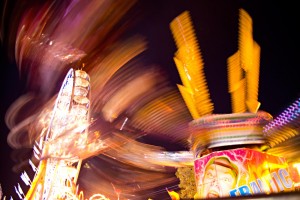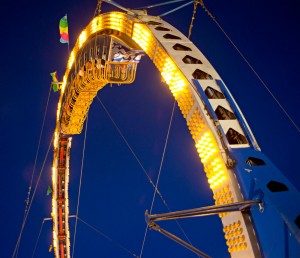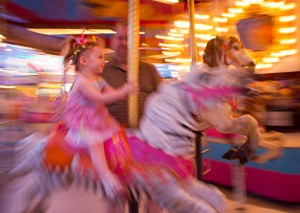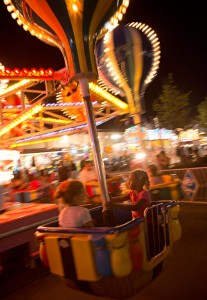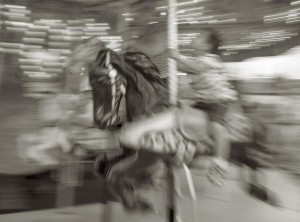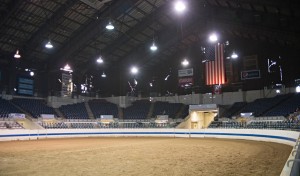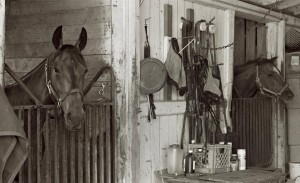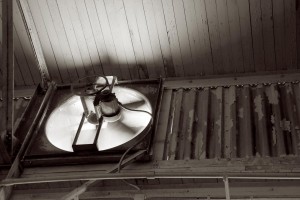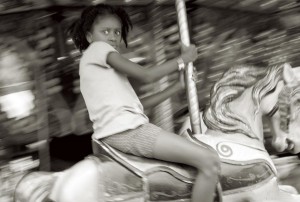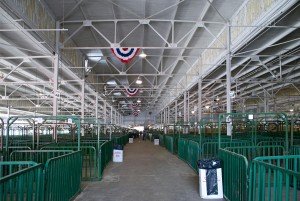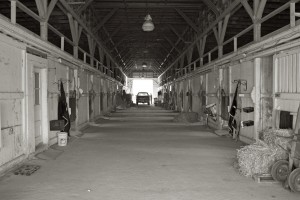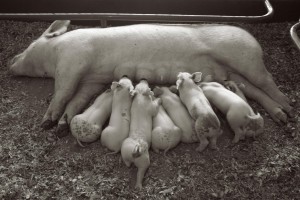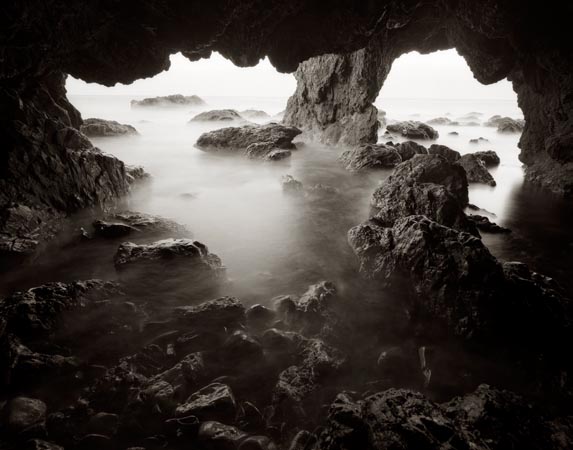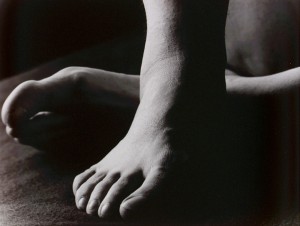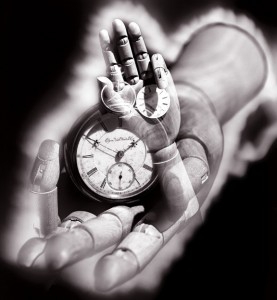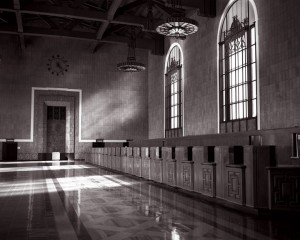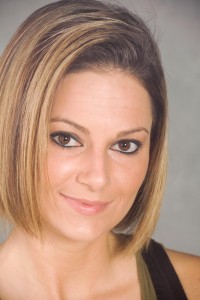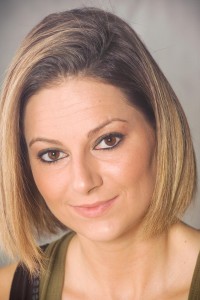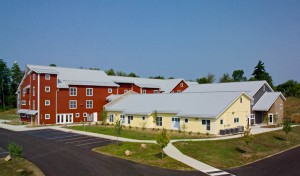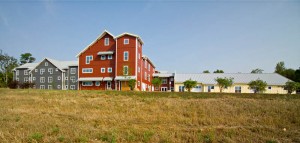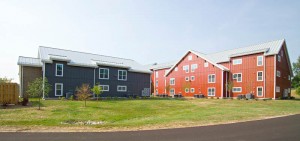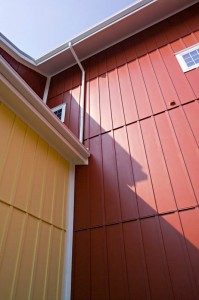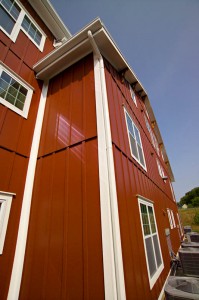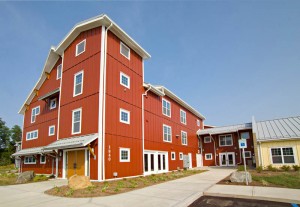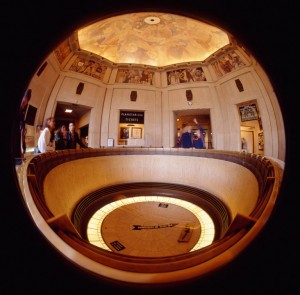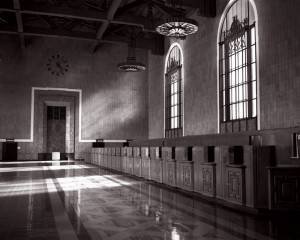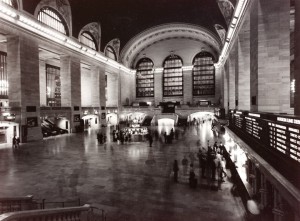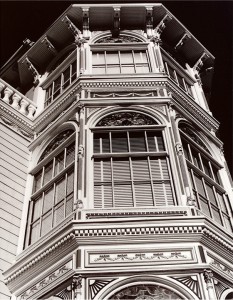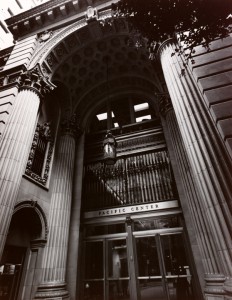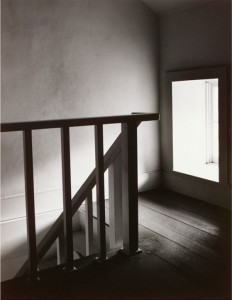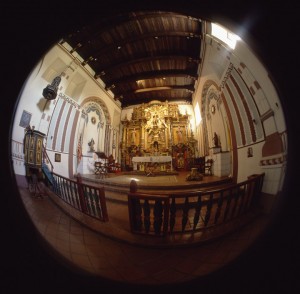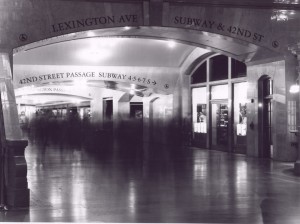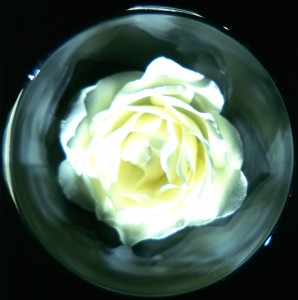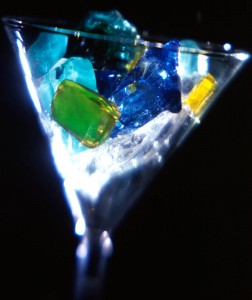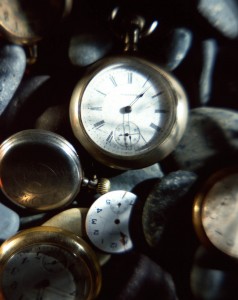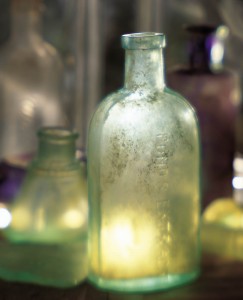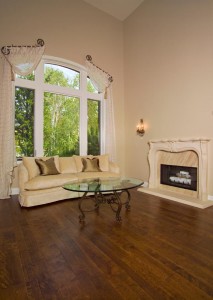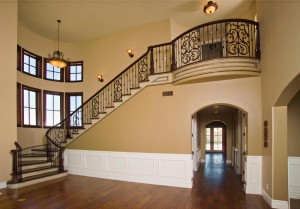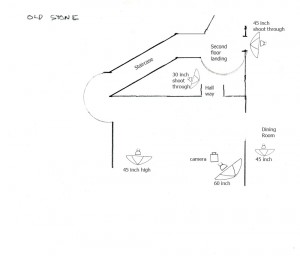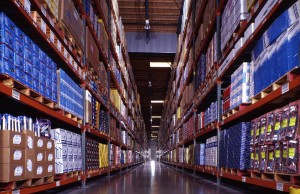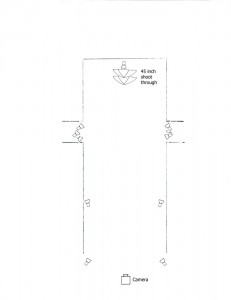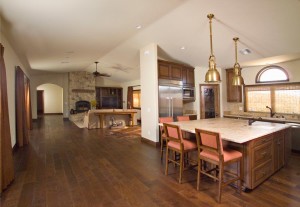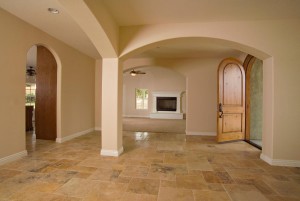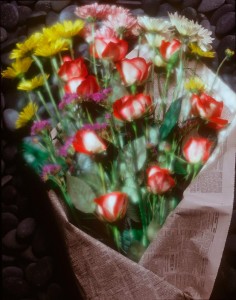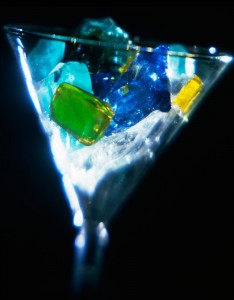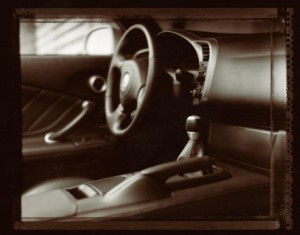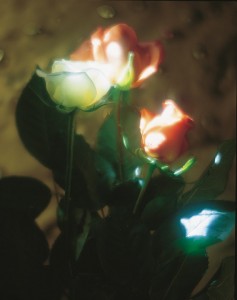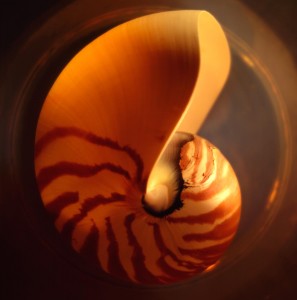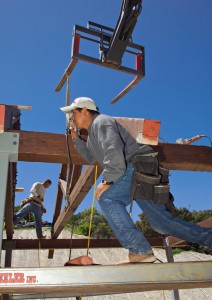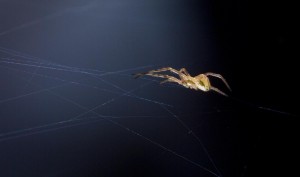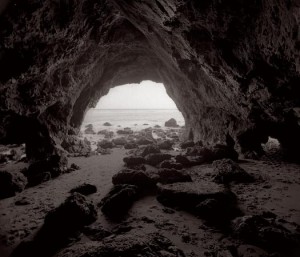
I hope you’ll check out my books: Photographing Architecture
and Understanding and Controlling Strobe Lighting
. I hope you’ll get copies if you haven’t already. Of course you know that one reason for this blog is to sell the book and get you to consider one of my classes at BetterPhoto.com: An Introduction to Photographic Lighting, Portrait Lighting on Location and in the Studio, Getting Started in Commercial Photography If you’re in the Indianapolis area there are other opportunities as well. I’ll be teaching a class in commercial photography next spring at Ivy Tech.
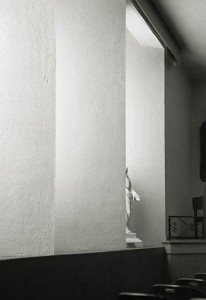 According to the Word Press program I use to post this blog this is blog number 100! I don’t know if that proves anything other than I can write lengthy note to myself without knowing if anyone reads this thing. So if you look at this blog please send an e-mail or something.
According to the Word Press program I use to post this blog this is blog number 100! I don’t know if that proves anything other than I can write lengthy note to myself without knowing if anyone reads this thing. So if you look at this blog please send an e-mail or something.
I went to Camp Chesterfield here in Indiana yesterday. The camp is a Spiritualist center that began in the nineteenth century, and an interesting place to visit. All images were made with the new Nikon D800.
I’ve been writing about my Nikon D800 for the last couple of blogs, but today I want to discuss making a camera your camera. Anytime you get a new piece of equipment you’ll 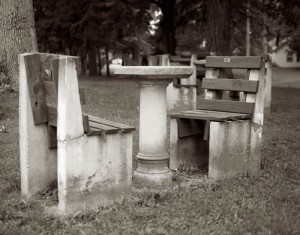 need to learn about how it works, but it is also important to customize the camera to your way of working. I think most of this is quite simple: really just choosing the options you’ll use. For instance when I’m shooting for clients, I usually have the camera set to manual exposure. I evaluate the exposures using the laptop and the LCD which is why I spent time setting up Eye-Fi option I already wrote about. I also set up a couple of custom white balance settings for my
need to learn about how it works, but it is also important to customize the camera to your way of working. I think most of this is quite simple: really just choosing the options you’ll use. For instance when I’m shooting for clients, I usually have the camera set to manual exposure. I evaluate the exposures using the laptop and the LCD which is why I spent time setting up Eye-Fi option I already wrote about. I also set up a couple of custom white balance settings for my 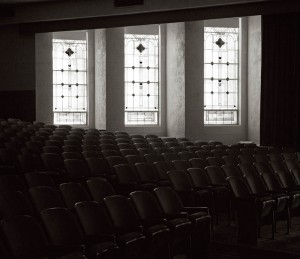 strobes. These are things that make the camera work better for me. I also put a thin strap on the camera. I like straps that are about half an inch wide because, while I almost never put the camera around my neck, I do wrap the strap around my hand. When I am hand holding the camera I keep the camera in my right hand. The strap is wrapped three times around my hand, so I can let go of the camera without dropping the camera. I learned this from Nikon School in 1978 and I still like it. I can get the camera to my eye
strobes. These are things that make the camera work better for me. I also put a thin strap on the camera. I like straps that are about half an inch wide because, while I almost never put the camera around my neck, I do wrap the strap around my hand. When I am hand holding the camera I keep the camera in my right hand. The strap is wrapped three times around my hand, so I can let go of the camera without dropping the camera. I learned this from Nikon School in 1978 and I still like it. I can get the camera to my eye 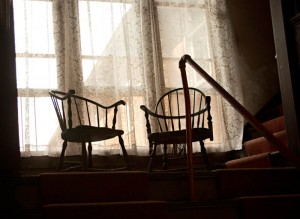 and shoot very quickly. By the way my left hand cradles the lens and braces against my body. This makes it easier to shoot hand held. When I am shooting for my self I’ll generally shoot with aperture priority, so, of course I will be able to find the M and A setting pretty quickly.
and shoot very quickly. By the way my left hand cradles the lens and braces against my body. This makes it easier to shoot hand held. When I am shooting for my self I’ll generally shoot with aperture priority, so, of course I will be able to find the M and A setting pretty quickly.
There are things I generally don’t use on any camera. My last camera had a microphone for taking notes about your pictures. I never used 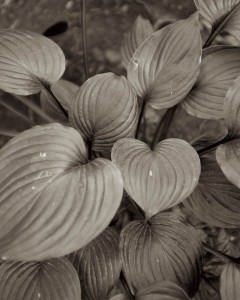 this on purpose, but I did turn it on by mistake a couple of times. I couldn’t tell you how to actually make it work. I don’t expect I’ll use the in camera editing features of the Nikon D800, so I may never really know how they work. It’s important to remember it’s your camera; it should work as an extension of your vision. If you need to look at the instruction book before every shot you should probably practice with the settings you use most often. If you’re shooting with a DSLR and you keep all the settings on auto all the time you’ve limited your control over the camera and your ability to express your own vision.
this on purpose, but I did turn it on by mistake a couple of times. I couldn’t tell you how to actually make it work. I don’t expect I’ll use the in camera editing features of the Nikon D800, so I may never really know how they work. It’s important to remember it’s your camera; it should work as an extension of your vision. If you need to look at the instruction book before every shot you should probably practice with the settings you use most often. If you’re shooting with a DSLR and you keep all the settings on auto all the time you’ve limited your control over the camera and your ability to express your own vision.
I think I’ve made modifications on every camera I’ve ever 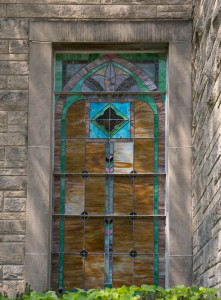 had. Sometimes it’s just the settings, like turning on the lines in the viewfinder. On my Speed Graphic I added extra infinity stops, added a filter to the range finder and changed the lens. For my Mamiya C330 camera I got prism finders, brackets, and built a custom Polaroid camera. I really loved the speed finder on my Nikon F, but it was really built for a Nikon F2. I think that it is important to examine all of the accessories that are available for your camera. While many of them might not help you with your shooting, they may inspire you with new ideas of how to shoot.
had. Sometimes it’s just the settings, like turning on the lines in the viewfinder. On my Speed Graphic I added extra infinity stops, added a filter to the range finder and changed the lens. For my Mamiya C330 camera I got prism finders, brackets, and built a custom Polaroid camera. I really loved the speed finder on my Nikon F, but it was really built for a Nikon F2. I think that it is important to examine all of the accessories that are available for your camera. While many of them might not help you with your shooting, they may inspire you with new ideas of how to shoot.

